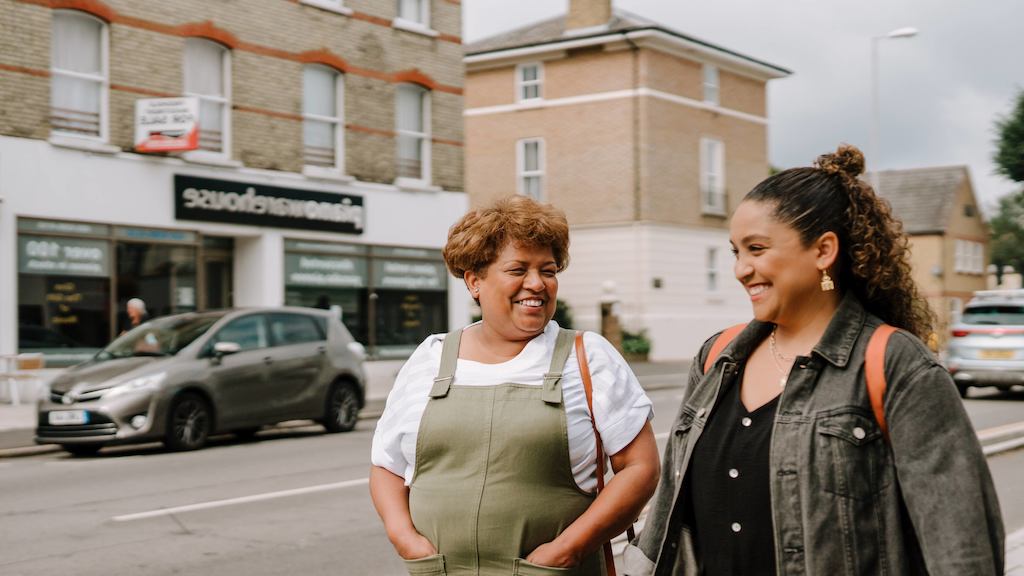Let’s start with the positive. The term reminds us that we are all influenced by our contexts, environments, and social events and that there are major experiences which change over time. My grandparents and parents lived through the Second World War; my mother nearly lost her citizenship as she was marrying an “alien” and would have had to give up work once she was married. My grandchildren have been born into a digital world beyond the imagination of even Generation X (1965-1980) when they were children.
The term also reminds us that we tend to segregate our societies on the grounds of age. We do this in education, at work, socially and in the care system where we put old age care homes on the fringes of our communities. “Intergenerational” hopefully makes us question if this is in anyone’s best interest or whether more should be done to bring people of all ages together.
But there are negative implications. For me it lends weight to generational stereotyping. Baby Boomers are often characterised as traditional and resistant to change; as wealthy; and as being a “burden” on society while having benefited from housing costs and financial benefits that Millennials can only dream about. Millennials are generalised as tech-savvy, “snowflakes” or a generation obsessed with buying takeaway coffee. Both stereotypes are equally absurd, offensive and unhelpful.
The term “intergenerational” also unwittingly suggests that generations are clearly defined (which obviously they are not) and that there is inherent difference and conflict between generations. And yet research has demonstrated that this is very far from the truth. Young people, not surprisingly, are concerned about the welfare and wellbeing of older people; older people are concerned about the planet and the impact global warming is going to have on their children and grandchildren.
There is a raft of activity that takes place under the banner of “intergenerational”. I applaud much of this work but worry about the framing. This word evokes the image of toddlers being taken into care homes to cheer up residents. I am sure for some it is a positive experience and there is no doubt that there is a world of difference between a child of three and an individual of 93.
But these sorts of activities are contrived, albeit by people who really do care and want to do the best for young and old. The activities are contrived because we have separated older people from their communities; we have made it very difficult for some people to remain in their homes and to engage locally with people of all ages.
Age-friendly is another term that avoids the risk of pitting one generation against each other and suggests inclusion of people of all ages. It is wonderful that over 90 localities have now established Age-friendly Communities. They are focusing on older age but in supporting healthy and active ageing and helping older residents to shape the place that they live in, this undoubtedly benefits everyone of all ages.
